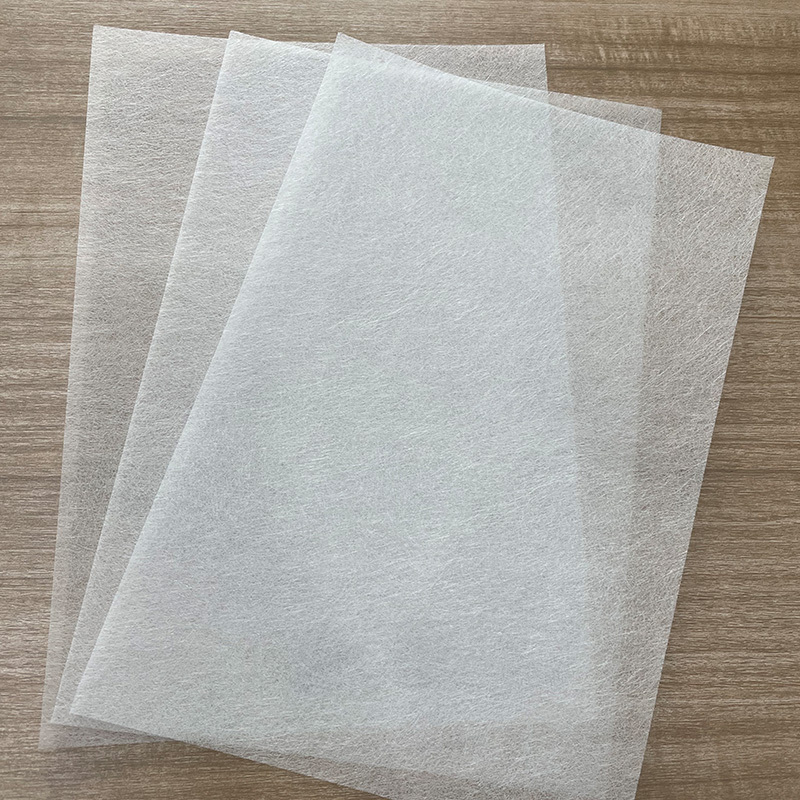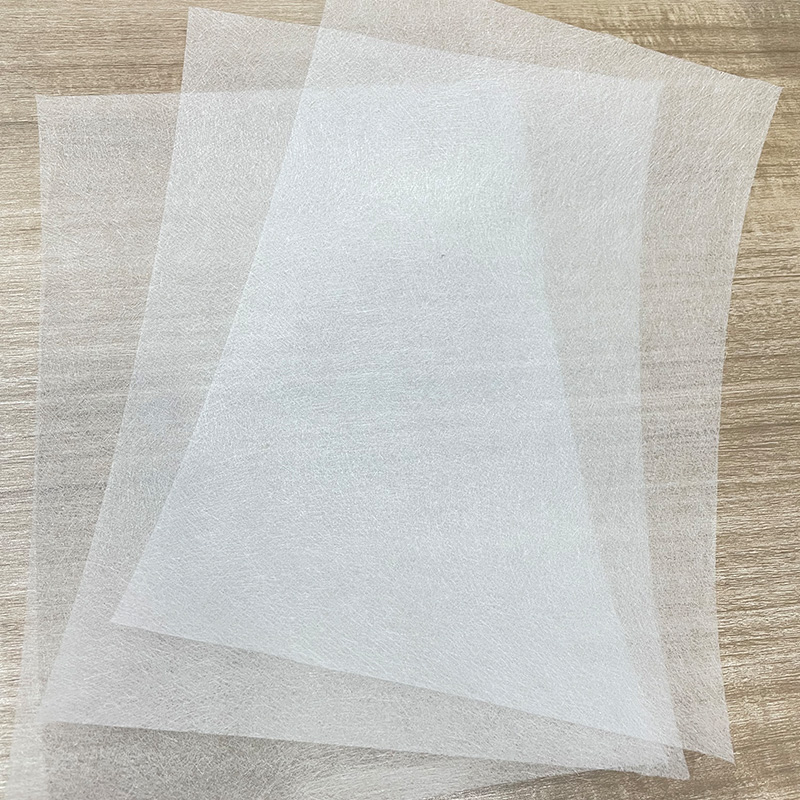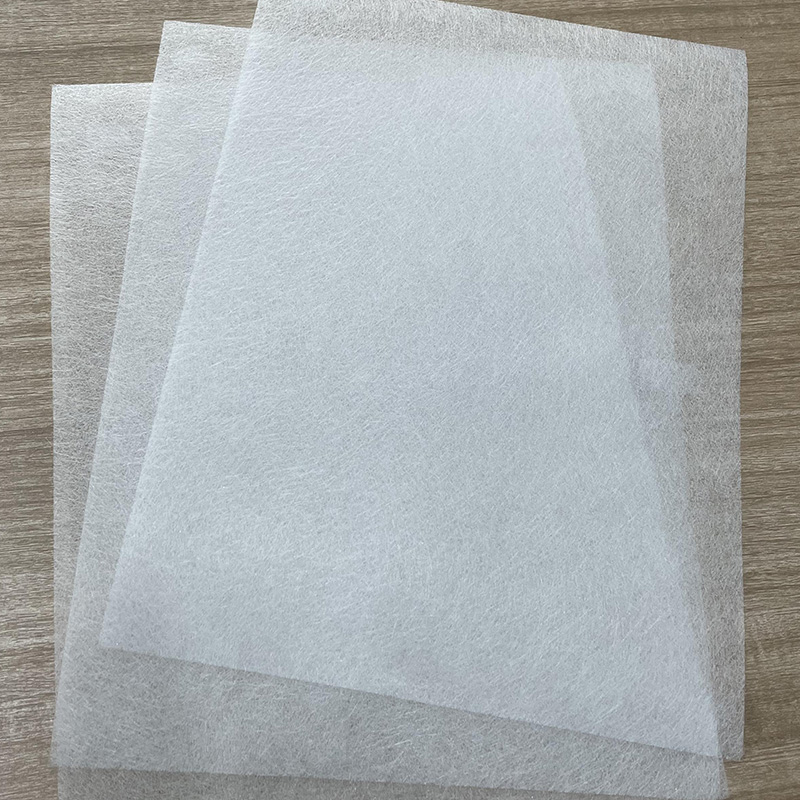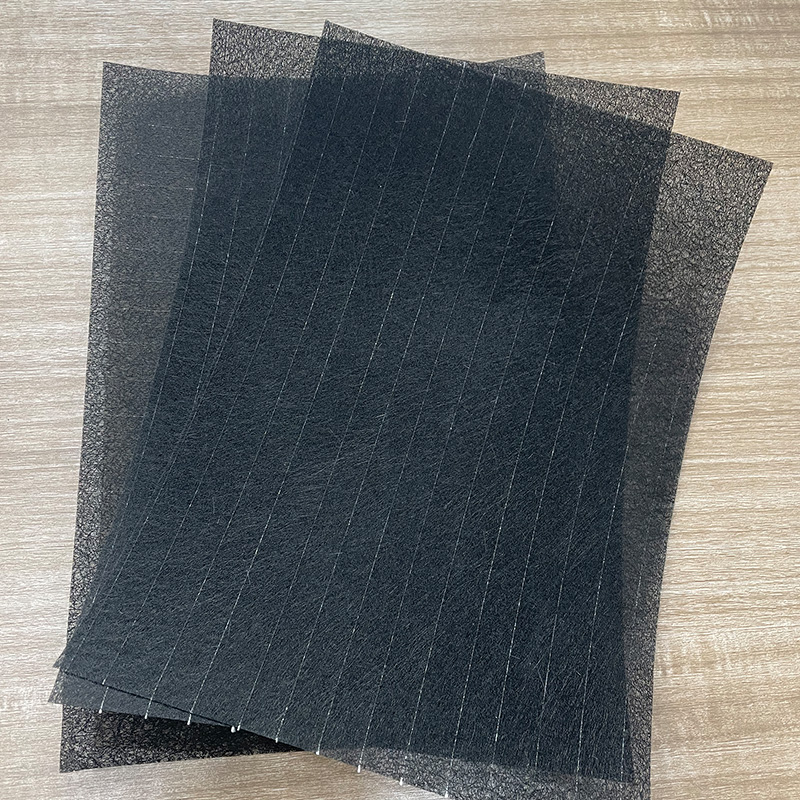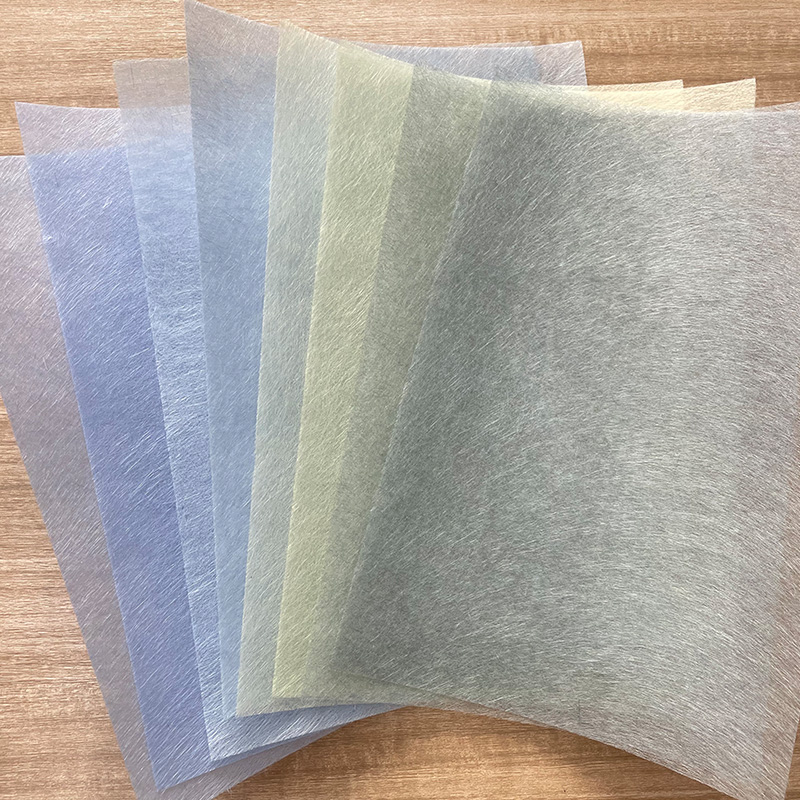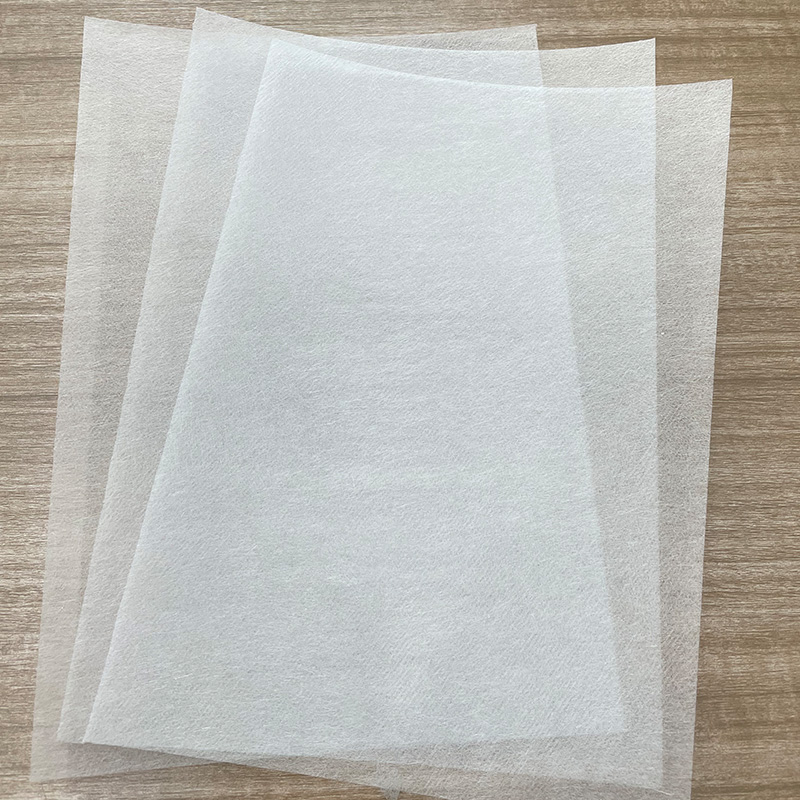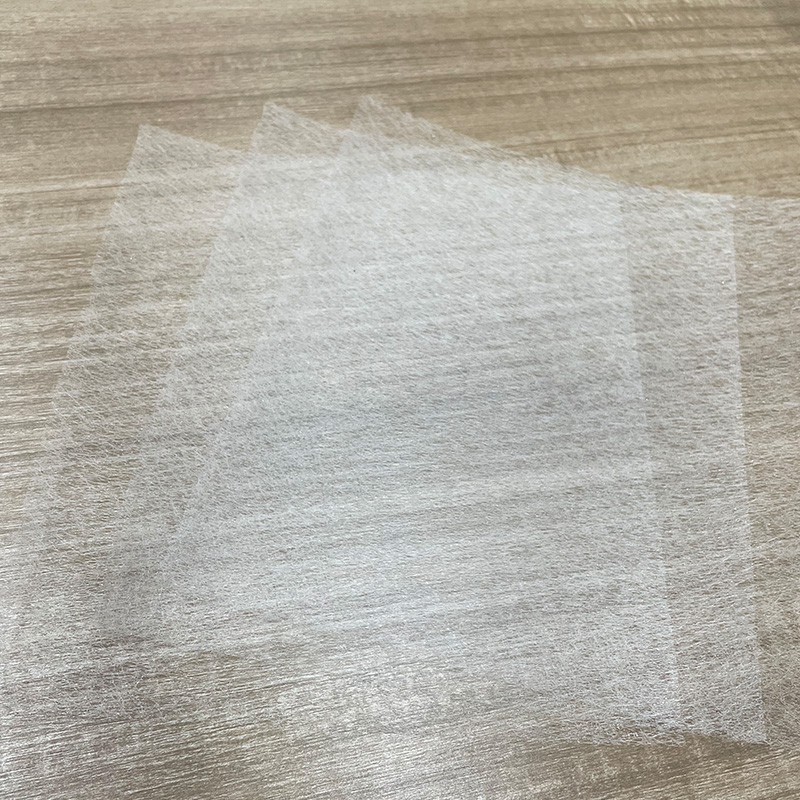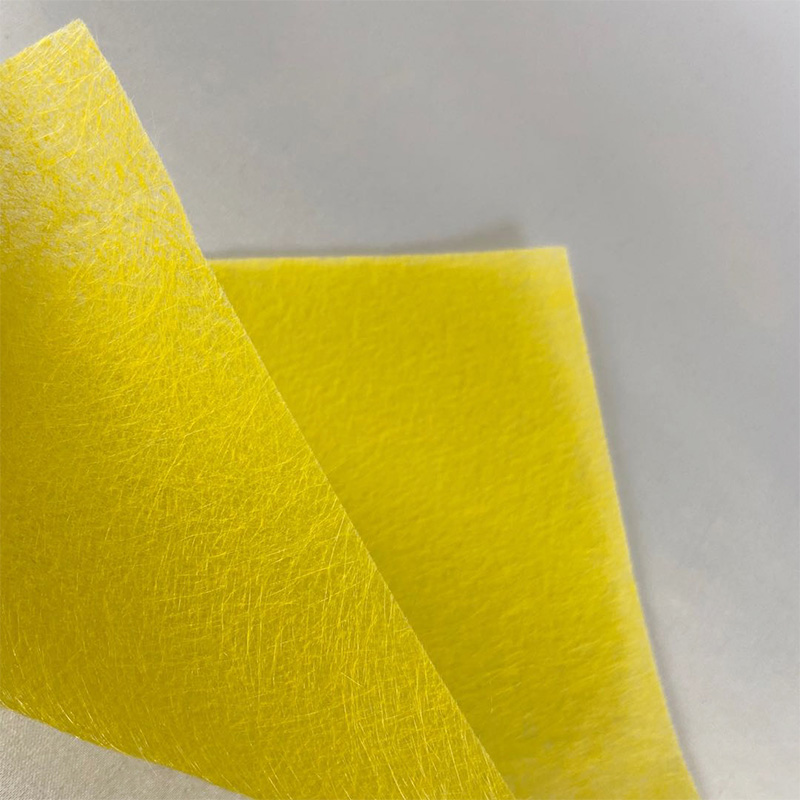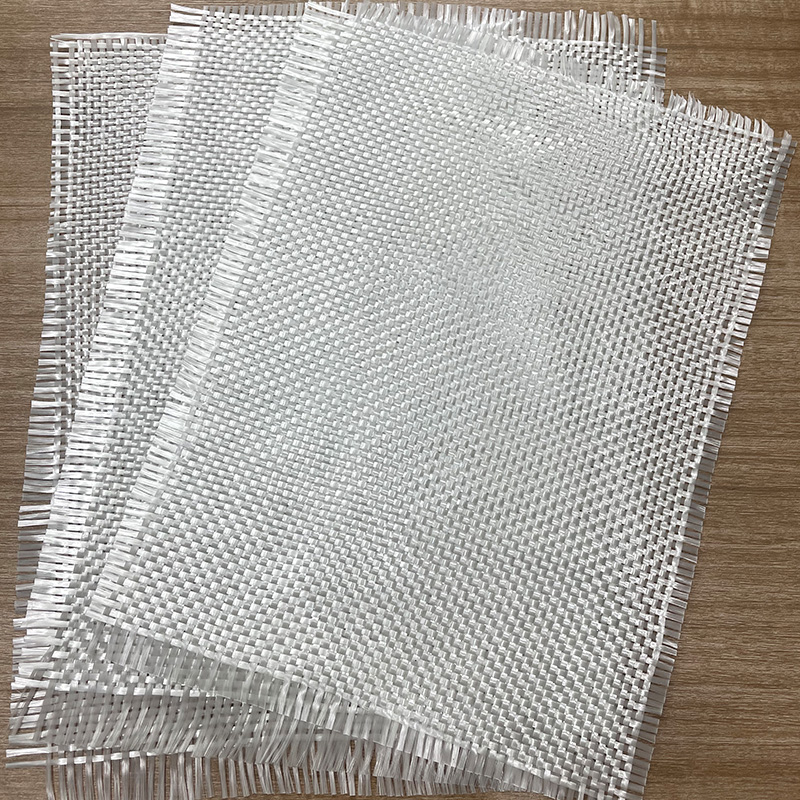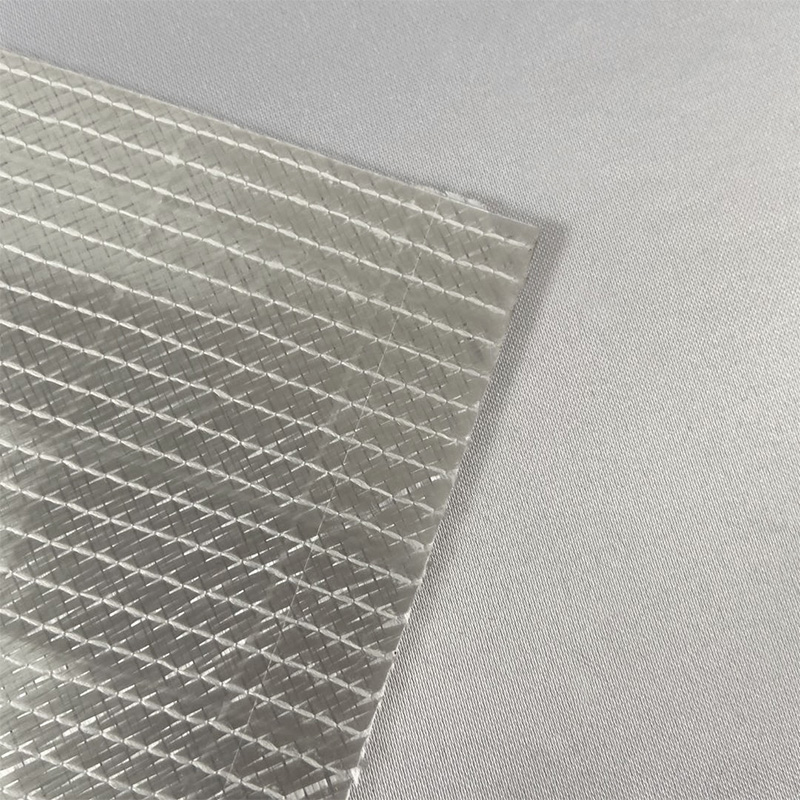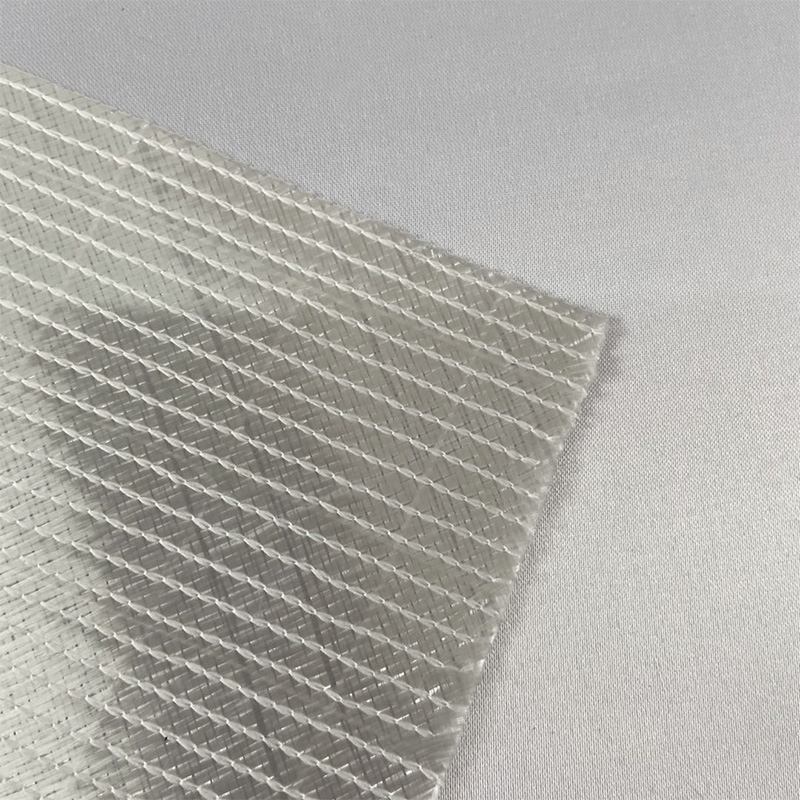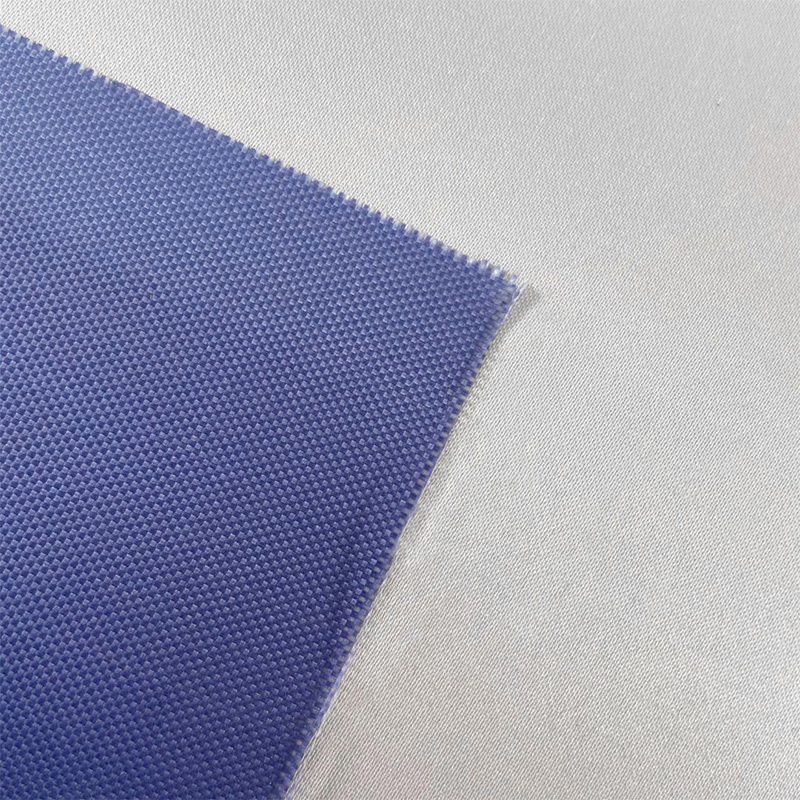Carbon fiber cloth, as a high-performance composite material, has excellent properties such as light weight, high strength, and corrosion resistance. It is widely used in aerospace, automobile manufacturing, sporting goods and other fields. However, as the use environment becomes increasingly complex, higher requirements have been placed on the corrosion resistance, abrasion resistance and UV resistance of carbon fiber cloth.
1. Treatment methods to improve the corrosion resistance of carbon fiber cloth
Chemical treatment: Common treatment methods include oxidation, nitrification, pickling, etc. Oxidation treatment mainly forms an oxide layer on the surface of carbon fiber cloth through chemical reaction. This oxide layer can increase the surface activity, hydrophilicity and bonding ability of the carbon fiber cloth with the resin matrix. Carbon fibers are usually placed in a solution containing oxidants, such as nitric acid, potassium permanganate, etc., and react under appropriate temperature and time conditions. The oxidized carbon fiber cloth can provide better interface bonding strength in the preparation of composite materials, thereby enhancing the overall performance of the composite material. Nitrification treatment introduces nitro groups on the surface of carbon fiber cloth to improve its surface activity and reactivity with certain chemicals. Carbon fiber cloth is treated with nitric acid or a mixture of nitric acid and certain metal salts such as silver nitrate. During the treatment, nitro groups are introduced to the surface of the carbon fiber cloth. Carbon fiber cloth after nitration treatment has better wettability and adhesion in applications such as coatings and adhesives. Pickling treatment mainly uses acid solution to remove impurities and oxides on the surface of carbon fiber cloth, thereby improving its surface purity and smoothness. Dip the carbon fiber cloth into dilute acid (such as dilute hydrochloric acid, dilute sulfuric acid, etc.), and use the corrosiveness of the acid to remove surface impurities. The pickled carbon fiber cloth can provide better surface quality and performance in subsequent processing and applications.
Coating treatment: Coating a layer of corrosion-resistant coating on the surface of carbon fiber cloth is another effective method to improve corrosion resistance. Coating materials can choose metals, ceramics, polymers, etc. These materials have excellent corrosion resistance and can effectively protect the carbon fiber cloth from being eroded by corrosive media. At the same time, coating treatment can also increase the surface hardness and wear resistance of carbon fiber cloth and improve its service life.
2. Treatment methods to improve the wear resistance of carbon fiber cloth
Improve fiber structure: By changing the thickness, density and arrangement of carbon fibers, the surface hardness and density of carbon fiber cloth can be increased, thereby improving its wear resistance. For example, the use of two-way platform spinning + TWK weaving method can improve the density and hardness of carbon fiber, thus improving the wear resistance of carbon fiber cloth.
Coating treatment: Coating a layer of wear-resistant coating on the surface of carbon fiber cloth is also an effective method to improve its wear resistance. Wear-resistant coatings can choose materials such as metals, ceramics, and polymers. These materials have excellent wear-resistant properties and can effectively extend the service life of carbon fiber cloth. At the same time, coating treatment can also increase the surface hardness and corrosion resistance of carbon fiber cloth.
Adding fiber reinforcement materials: Adding some fiber reinforcement materials, such as cemented carbide particles, to the carbon fiber cloth can increase the hardness and strength of the carbon fiber cloth, thereby improving its wear resistance. These reinforcement materials can be evenly distributed in the carbon fiber cloth to form a strong skeleton structure that effectively resists external wear and impact.
3. Treatment methods to improve the UV resistance of carbon fiber cloth
The improvement of UV resistance of carbon fiber cloth is mainly achieved through coating treatment. Coating a layer of anti-UV coating on the surface of carbon fiber cloth can effectively block ultraviolet radiation and prevent the carbon fiber cloth from aging due to ultraviolet radiation. Anti-UV coatings usually contain special UV absorbers and reflectors, which can effectively absorb and reflect UV rays and protect carbon fiber cloth from UV damage.
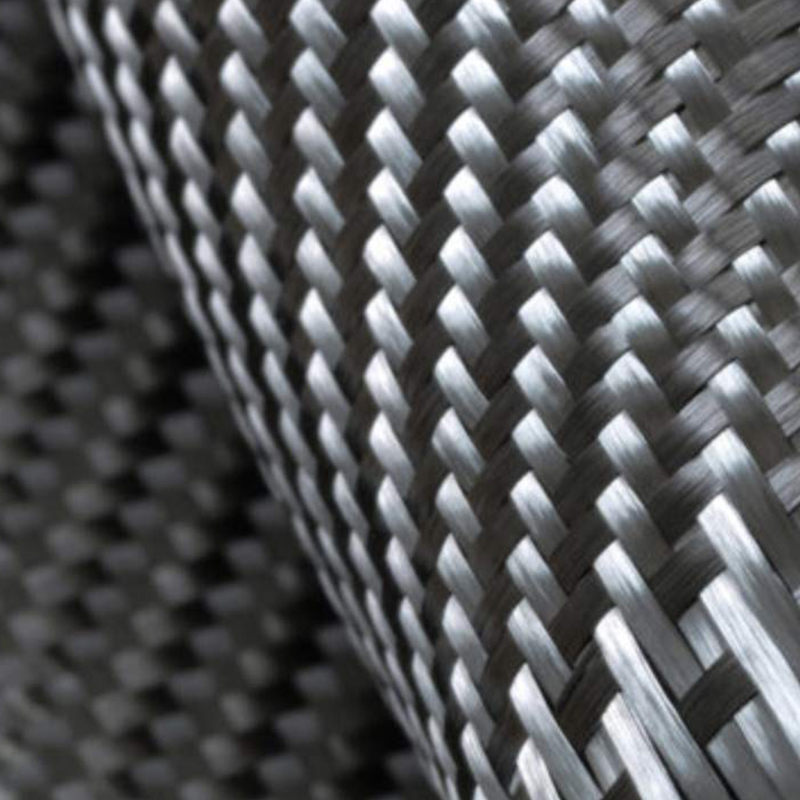

 English
English 中文简体
中文简体 русский
русский Español
Español